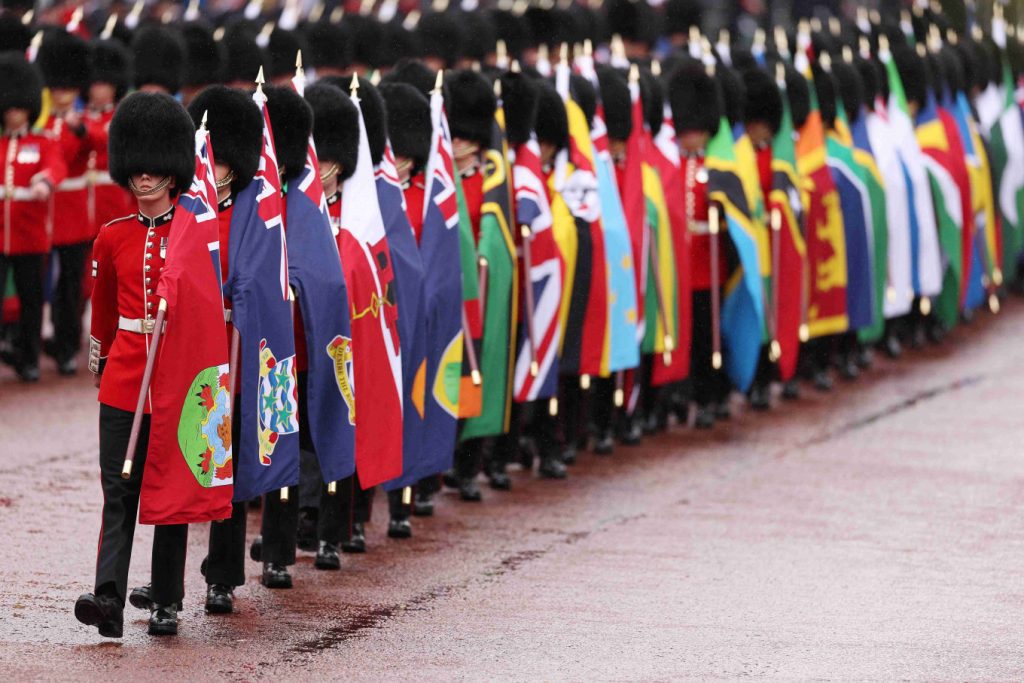LONDON : King Charles III was crowned on Saturday in Britain’s biggest ceremonial event for seven decades, a sumptuous display of pageantry dating back 1,000 years.
In front of a congregation of about 100 world leaders and a television audience of millions, the Archbishop of Canterbury, the spiritual leader of the Anglican Church, slowly placed the 360-year-old St Edward’s Crown on Charles’ head as he sat upon a 14th-century throne in Westminster Abbey.
The historic and solemn event dates back to the time of the 74-year-old’s predecessor William the Conqueror in 1066.

Charles’ second wife Camilla, 75, will be crowned queen during the two-hour ceremony, which while rooted in history, is also an attempt to present a forward-looking monarchy, with those involved in the service reflecting a more diverse Britain and leaders from all faiths.
For a nation struggling to find its way in the political maelstrom after its exit from the European Union and maintain its standing in a new world order, its supporters say the royal family provides an international draw, a vital diplomatic tool and a means of staying on the world stage.
Despite Sunak’s enthusiasm, the coronation takes place amid a cost of living crisis and public scepticism, particularly among the young, about the role and relevance of the monarchy.

Saturday’s event was on a smaller scale than that staged for Queen Elizabeth in 1953, but still sought to be spectacular, featuring an array of historical regalia from golden orbs and bejewelled swords to a sceptre holding the world’s largest colourless cut diamond.
Charles automatically succeeded his mother as king on her death last September, and the coronation is not essential but regarded as a means to legitimise the monarch in a public way.
The king and queen left Buckingham Palace for the abbey in the modern, black Diamond State Jubilee Coach accompanied by cavalrymen wearing shining breastplates and plumed helmets.


